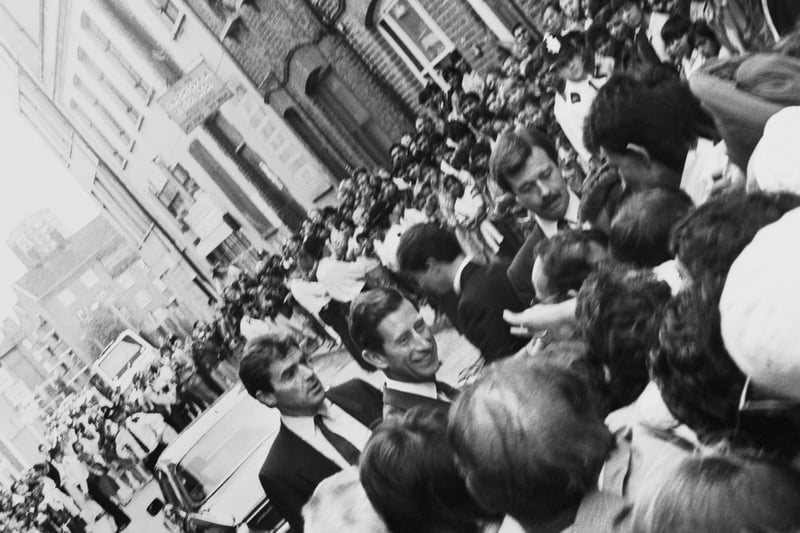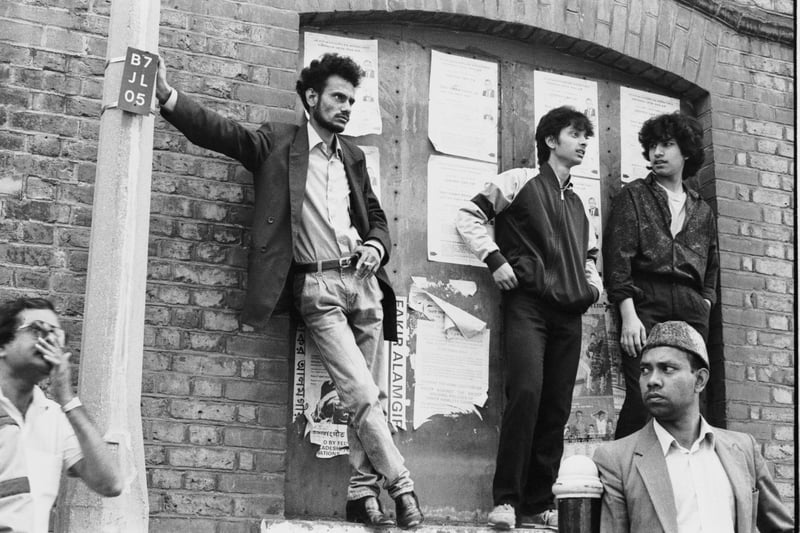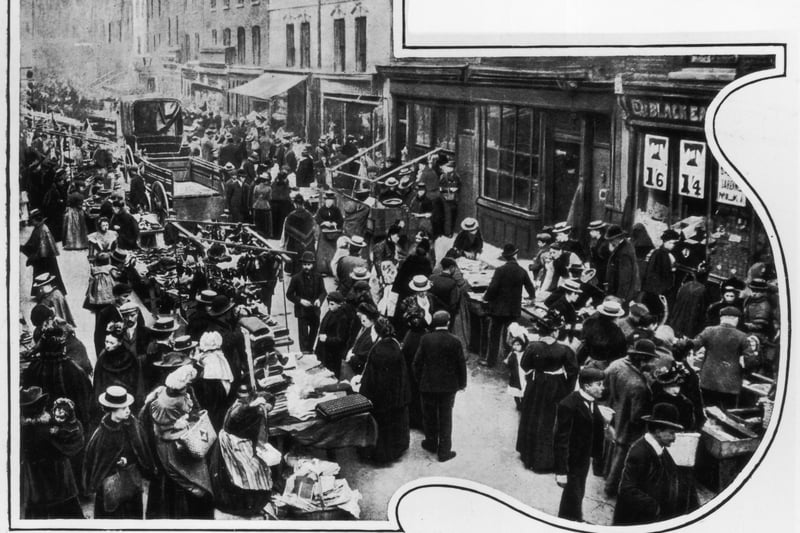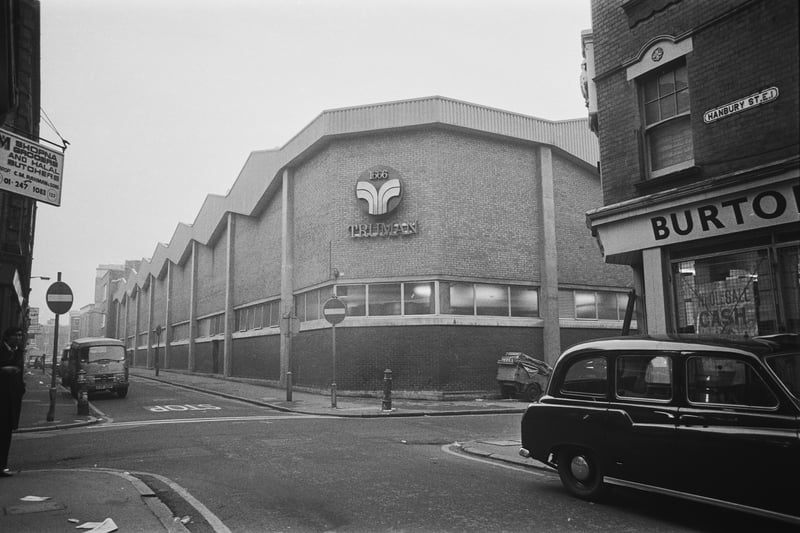It is fair to say there is no other place in London quite like Brick Lane.
The famous street runs from south to north (according to the direction of traffic) between Aldgate East and Whitechapel.
It has long been a cultural melting pot, from the settlement of French Protestant refugees and the Jewish community in the 17th century to the arrival of Bengalis in the mid-20th century.
The latter made the area a famous culinary destination for curry lovers, but the famous Beigel Bake at the north end of the street is a reminder of the older Jewish community and remains popular with Instagrammers today.
Today a hotspot for bars, the brewing industry in the area dates back more than 350 years, with the Old Truman Brewery dominating the centre of the street.
The area is very much part of East End folklore, including the horrific crimes of Jack the Ripper, and Brick Lane is only a stone’s throw from The Ten Bells pub and its neighbour, Christ Church Spitalfields, designed by Nicholas Hawksmoor.
Situated just a few hundred metres from the famous Cable Street, Brick Lane has itself over the years been the site of anti-racist protests at times when London has seen signs of a rise in fascism.
In more recent years the Shoreditch hipster capital has come to dominate the northern half of the street, with vintage clothes markets, bars and music venues.
Perhaps Brick Lane’s most famous appearance in the arts is in giving its name to Monica Ali’s famous 2003 novel about a young woman who moves to London from Bangladesh.

1. Prince Charles
Prince Charles meeting the public in Brick Lane in 1987 while bodyguards look on and police hold back crowds. Photo: Martin Godwin/Getty Images

2. Waiting
Men await a visit by Prince Charles to Brick Lane in 1987. Photo: Martin Godwin/Getty Images

3. Clothes market
Shoppers at the clothes market in Brick Lane in around 1900. Photo: Hulton Archive/Getty Images

4. The Truman Brewery
The Truman Brewery at the intersection of Hanbury Street and Brick Lane in 1977. Photo: Evening Standard/Hulton Archive/Getty Images
